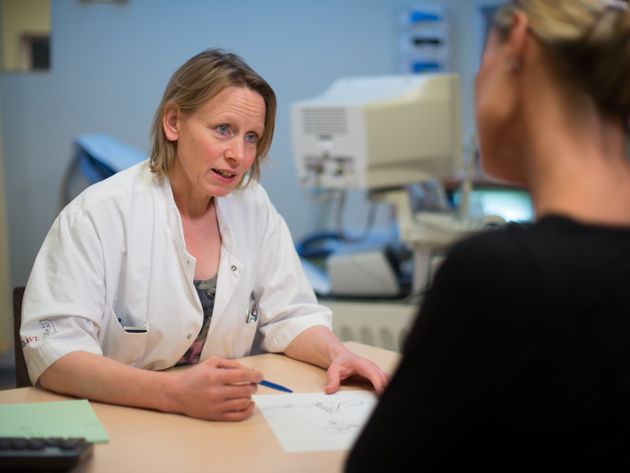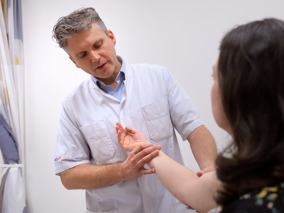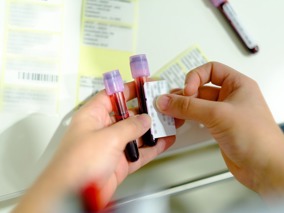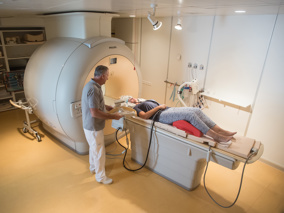Trophoblastic tumors
Trophoblastic diseases are rare. They originate in the cells that form the placenta. This is called trophoblast cells. If these cells grow too much or incorrectly, cancer can develop.
There are different types of trophoblastic diseases. Each species has different characteristics. The treatment is also different. That is why it is important to distinguish between the different species. All different trophoblastic diseases arise from trophoblastic cells. These cells produce the pregnancy hormone hCG . The hCG hormone shows whether the disease is active.
Trophoblastic diseases occur 1 to 2 times per 1000 pregnancies. The English name is Gestational Trophoblastic Disease (GTD).
Learn more about trophoblast tumors
Causes of trophoblast tumors
In a normal pregnancy, a fertilized egg divides into two cells. These cells also divide themselves. This continues until eventually a fetus (embryo) and a placenta (placenta) are created. Sometimes things go wrong. Then only the cells of the placenta continue to grow. Many vesicles then form in the uterus. This is called a molar pregnancy. Usually there is no fruit. If there is a fruit, it is often not viable.
Symptoms of trophoblast tumors
The signs and symptoms of trophoblastic diseases differ. Often there is blood loss through the vagina. This often happens early in pregnancy. Sometimes there are no complaints, but the doctor sees something abnormal on the first ultrasound.
Types of trophoblast tumors
The most common trophoblastic diseases are:
- Complete and partial hydatidosa (a molar pregnancy)
Rarer species are:
- Choriocarcinoma
- Invasive mola hydatidosa
- Placental Site Trophoblastic Tumor (PSTT)
- Epithelioid Trophoblastic Tumor (ETT)
- Atypical Placental Site Nodule (APSN)
- Exaggerated Placental Site Reaction (EPS)
Forecast (forecast)
- A molar pregnancy is often treated with a vacuum curettage. Then the doctor removes the blisters from the uterus. Sometimes the doctor also removes the entire uterus. That only happens if you don't want any more children.
- After treatment, the hCG hormone should decrease. Sometimes that doesn't go down well. Then the disease remains active. This is called malignant or persistent trophoblast disease.
- The chance of a cure is high. More than 95% of people are cured within 5 years. With low-risk trophoblastic disease, the chance of cure is greater than with high-risk trophoblastic disease.
- 85% of people with trophoblast disease that does not go away are cured by methotrexate (MTX) injections. 15 to 20% need a different chemo treatment.
Metastases
The disease is often only in the uterus. Sometimes the disease spreads. Usually it then goes to the lungs. Less often to the vagina, brain or liver. Metastases in the brain or liver give a less good chance of recovery.
 nl
nl





